What to Buy BEFORE You Bring Home a Dog
An Essentials List for Anyone Who Is Seeing a Dog in Their Future, Puppy or Adult... Rescue or Breeder
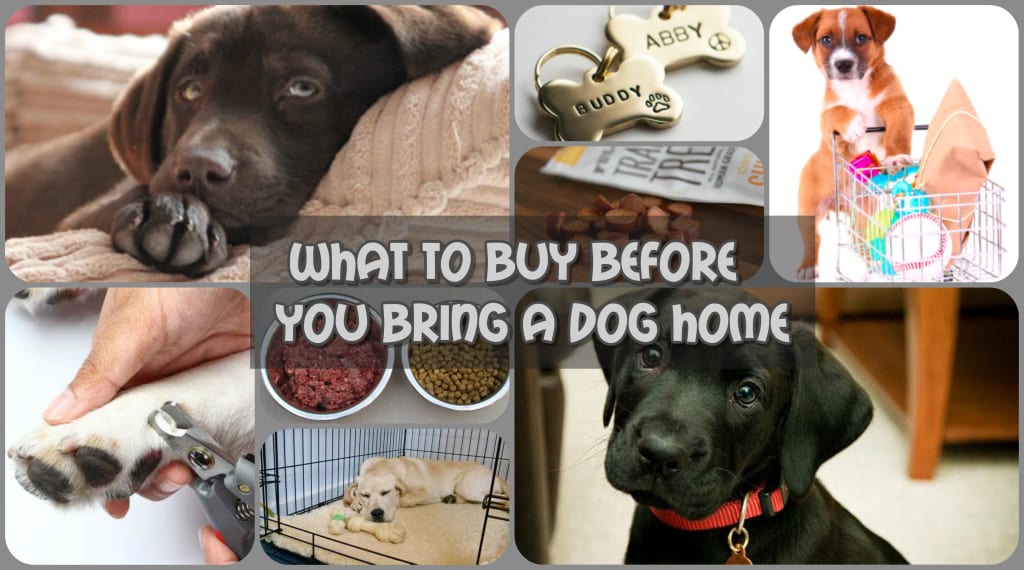
This is an essentials list for anyone who is seeing a dog in their future.
Preparation is key!
As spontaneous and fun as it would be to come home with a dog that was unplanned, this will only create complications! To insure you are setting you and your new buddy up for success, be sure to do your research and get supplies so you can focus on bonding and training instead of trying to run to the store to pick up every item you forgot last minute! You also want to make sure you are purchasing the correct items that are safe for your pooch. Taking that extra time can save a lot of trouble in the future.
Food and Water Bowls
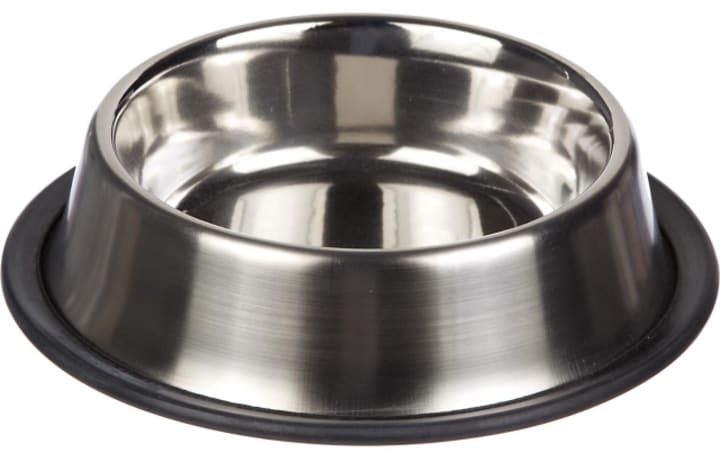
Stainless steel bowls can be purchased at any pet store and many department stores.
Bowls come in a variety of sizes, shapes, and materials. There are even specially designed slow feeders for dogs that eat too fast! Plastic and ceramic bowls are advised against as they can easily harbor bacteria. Plastic can also release chemicals into your dog's food. Simple stainless steel bowls are the most recommended by veterinarians. They are easy to clean and safe for holding both dry kibble and meat.
Food... Kibble or Raw?
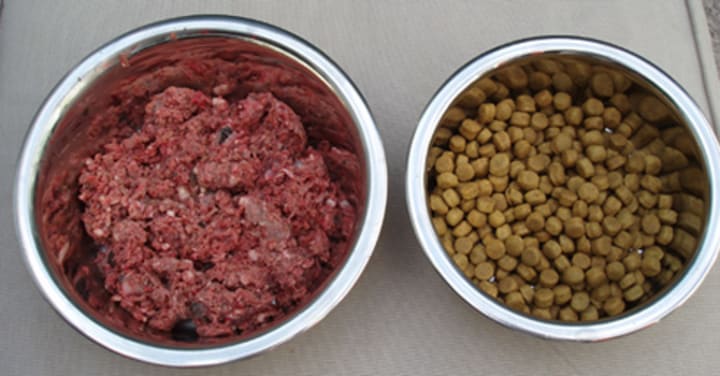
Doing your research before feeding a kibble or raw diet is vital to ensure it is balanced and providing all the nutrients your dog needs.
Before kibble was commercialized and sold as a convenient way to feed our pets, raw diets were what dogs were fed. As more and more research is done on raw vs. kibble, we are seeing more benefits to feeding dogs what they were naturally meant to digest in the wild as wolves.
Documentaries such as Pet Fooled (available to watch on Netflix) have exposed the pet food industry and the shady practices done to our beloved pet's food.
Feeding a "raw diet" does not mean you have to feed raw meat. In fact, many raw feeders cook their meat before serving to their dog. Raw diet simply means feeding only fresh, unprocessed food. This can also be fed in a freeze dried form, easily purchased from the store for convenience.
There are more independent kibble companies reaching out to strive for better quality pet foods as well. Including grain-free options, added freeze-dried bits, and American manufactured only.
Doing your research to feed a high quality kibble, or balanced raw diet is vital to insure your canine lives a long and healthy life.
Collar and ID Tag
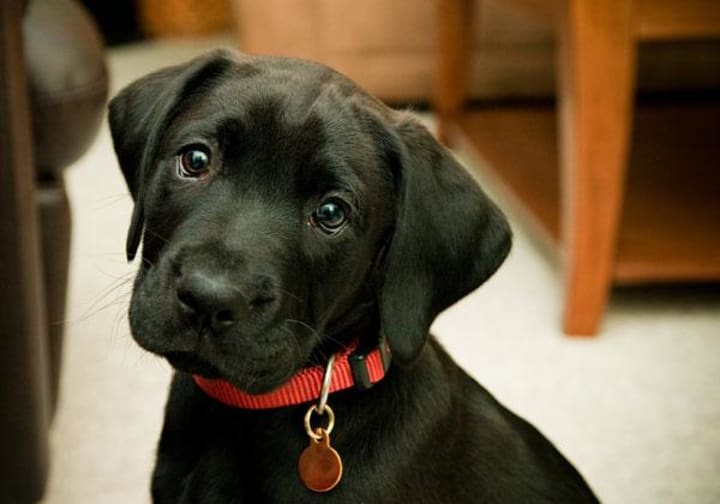
Be sure to register your microchip. Talk with your veterinarian about your options.
The importance of a collar and identification tag for your dog puts it next on the list! If your dog gets lost and is found by someone, the only way to ensure you can be reunited is with identification. This can be done with engraved tag on the collar or microchip. Identification tags should include the best way to contact you, preferably a phone number. If stolen, a microchip is the best way to prove the animal is yours if found.
Why microchip?
The American Humane Association estimates over 10 million dogs and cats are lost or stolen in the US every year.
One in three pets will become lost at some point during their life.
Only about 22 percent of lost dogs that entered the animal shelters were reunited with their families. However, the return-to-owner rate for microchipped dogs was over 52 percent (a 238 percent increase).(Statistics taken from petfinder.com)
Leashes, Harnesses, and Other Walking Tools
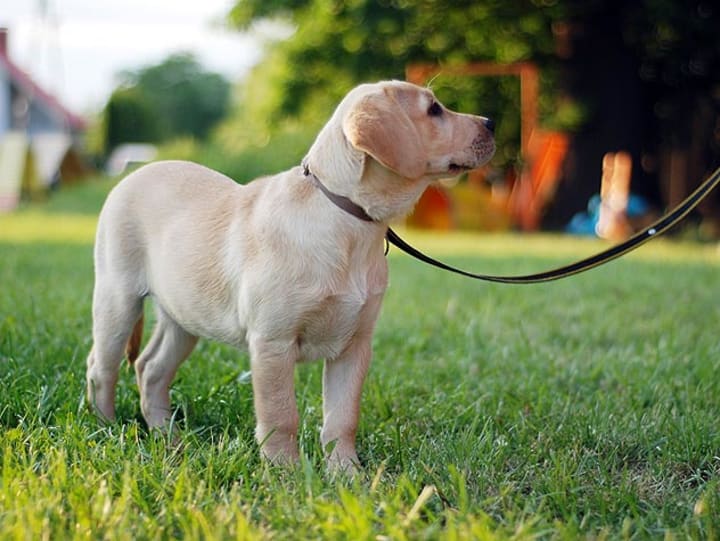
There are many tools available to help aid in a comfortable walk. Below I have listed a couple options that may work for you and your dog. *Always consult a trainer before using a tool you are unfamiliar with to avoid injury*
Flat Leash: The most common and the eventual goal you want to end up using. This leash comes in a variety of colors and materials.
Martingale Collar: This collar was designed for greyhounds and other sight hounds with heads the same size as their neck. May also work well for dogs with anxiety or fear that may try run away. It constricts, to not be pulled loose from the neck and be slipped off.Prong Collar: This collar pinches to make pulling uncomfortable. This tool can be good for larger breeds that may overpower their owner such as bully breeds or labs. Again, always ensure it is being used correctly. Must be high on the neck using a quick pull and release. No yanks, this can cause injury to the dog.
Head Collar/Gentle Leader: This tool gives the handler control of the dog's head. If the dog pulls, the dog gets turned around. In this sense, the halter is self correcting. This can be good for large breed dogs who need some pulling correction. Some people have had great results, while others have dealt with the head collar causing anxiety in their dog. Be sure to not use this too often or it can cause hair loss on the muzzle.
Slip Lead: My personal favorite tool, the slip lead gives the handler great control. The slip lead must be high on the neck, behind the ears. Any corrections must come straight up. This works great for powerful breeds such as bullys. The handler must be taller than the dog for the leash to be effective.
Front-Attaching Harness: This harness is self correcting. If the dog pulls he gets turned around. Recommended for large breed pullers, such as labs.
Rear-Attaching Harness: This harness encourages pulling and not recommended for medium or large breed dogs. This harness is great for short-muzzled dog breeds where breathing is compromised (such as pugs).
Retractable Leash: This leash is designed to extend up to 30ft away and has the ability to retract back. This leash has no place for sidewalk walking. Unfortunately, this leash is dangerous for many reasons. It encourages pulling, breaks teamwork of leash walking, has injured countless people, kids, dogs, and other animals. This leash gives the dog the illusion he can go and go, and makes it very difficult for the handler to give corrections or control his dog. Numerous dogs have been hit by vehicles because the dog was far out in front of the owner. If you choose to use a retractable leash, use it only in areas with little to no people, such as on a hike or field.
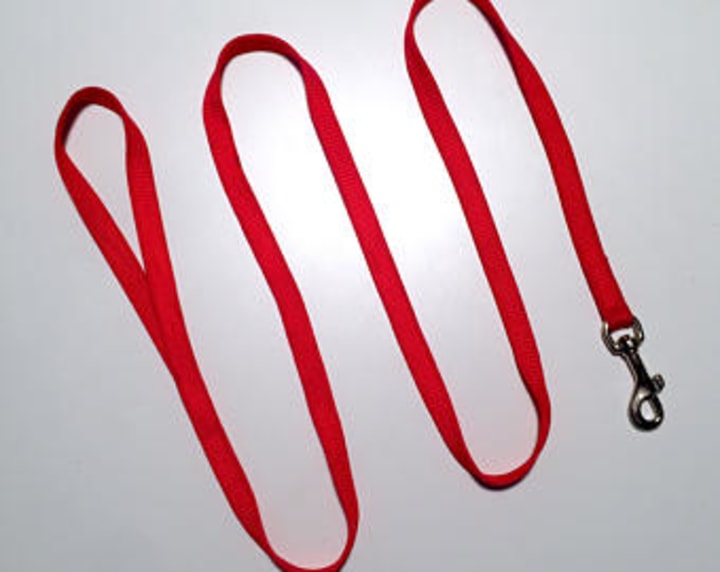
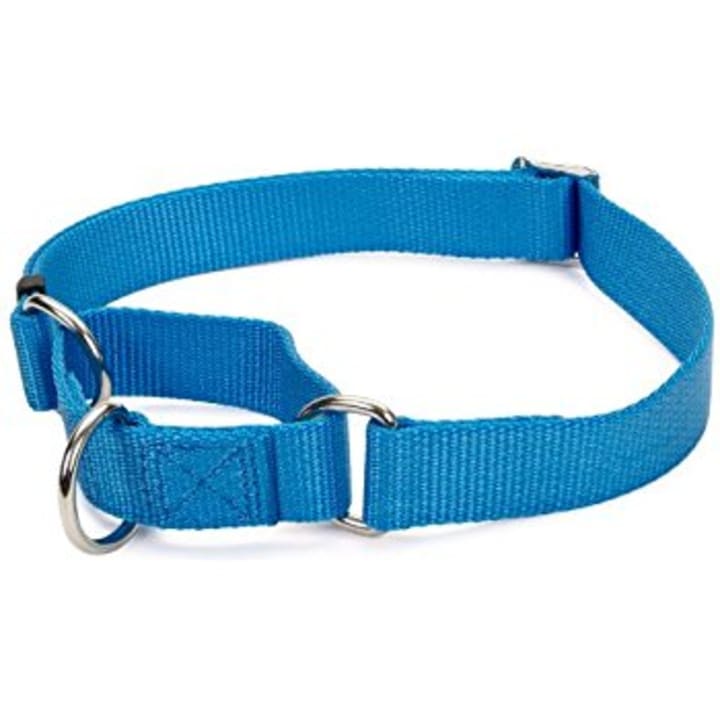
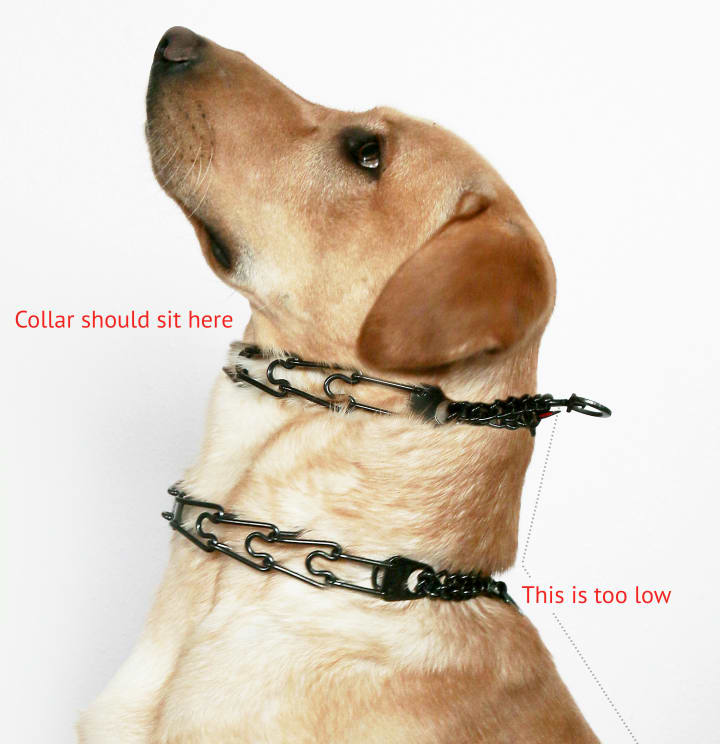
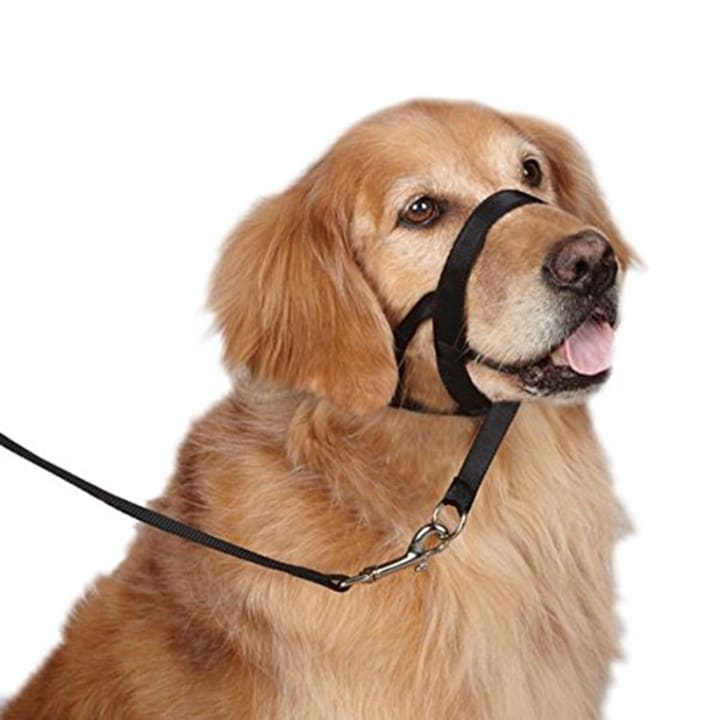
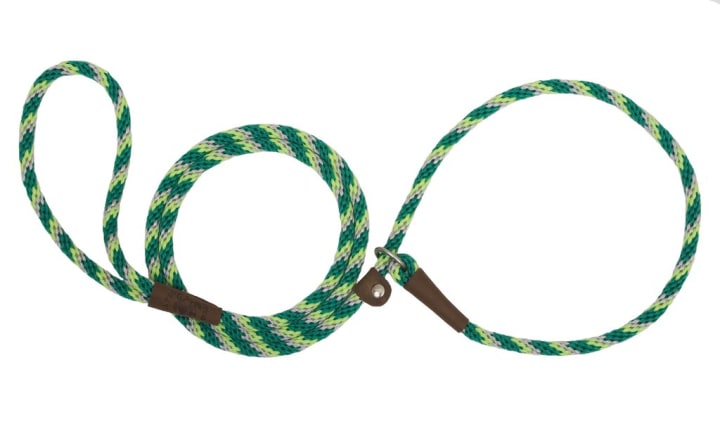
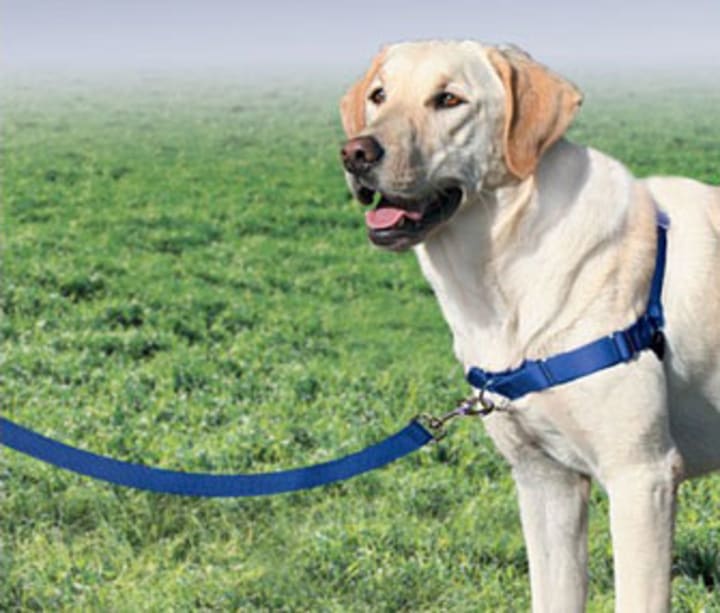
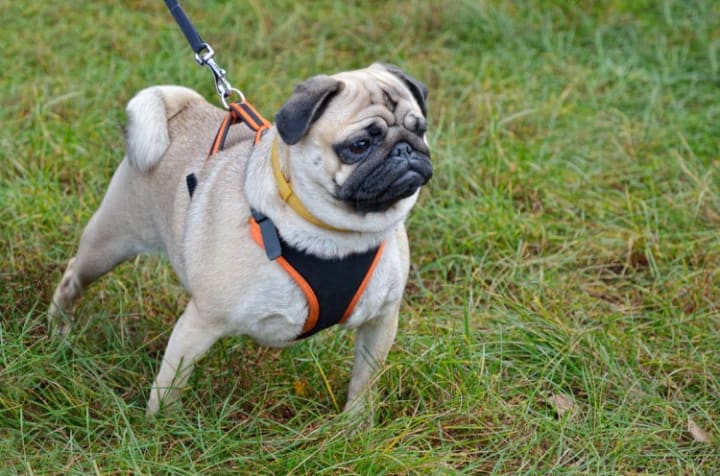
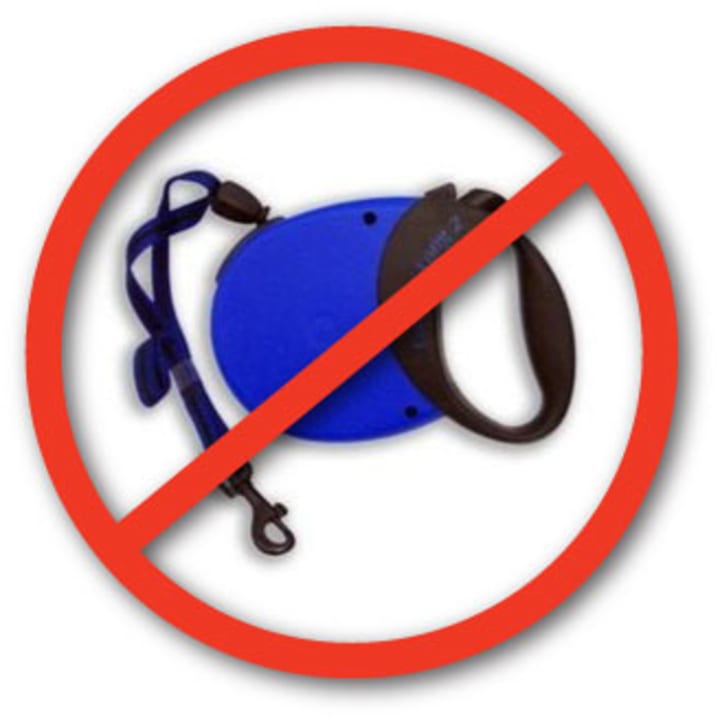
Poop/Waste Bags
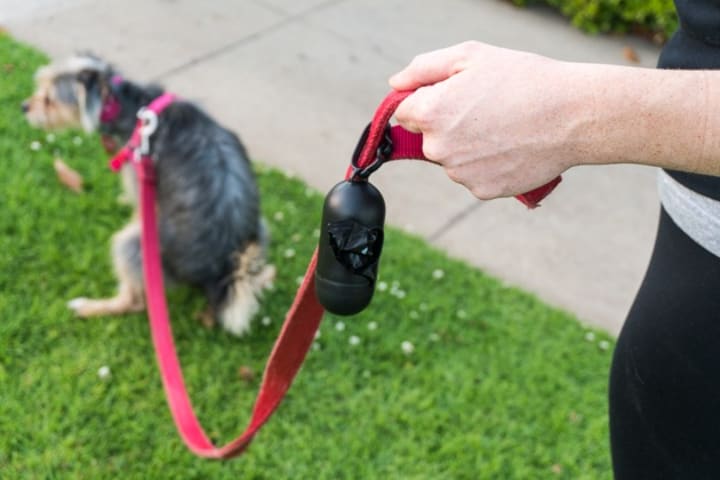
Poop bag carriers can attach to your leash so you never forget to bring them along!
The not so joyful part of walking your dog, picking up the poop! Dog waste is one of the reasons there are many areas outdoors that are labeled "No Dogs." Unfortunately, more and more places will be blocked off for our walking pleasure unless we make a good image for all dog owners. Dog waste is smelly, unsightly, and considered littering in some local areas. As responsible dog owners, we each need to do our part in picking up after our dogs.
Crate or Pet Gate
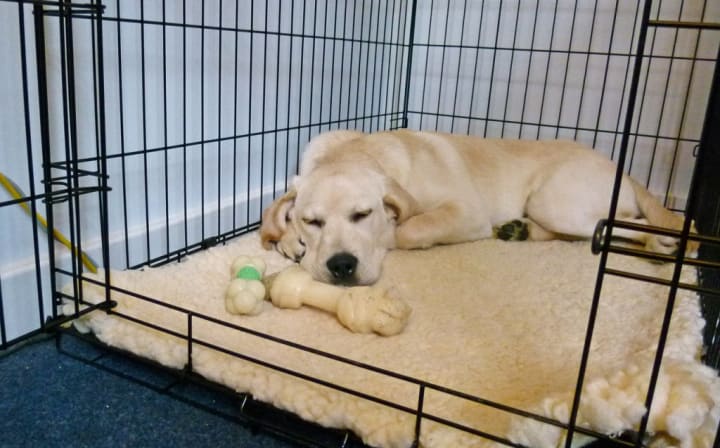
When you bring your dog home, he may not be perfectly trained where to go potty. This is where a crate or gate becomes a great tool. Dogs are naturally denning animals. While in a crate they will not want to poop or pee in it. This gives you an advantage, and it is a great way to set your dog up for success.
Crates should NEVER be used for punishment. You want it to be a positive place for your dog to go when he needs some quiet time.
If you have a puppy, you do not want to introduce him to the whole house at once. Work one room at a time so he does not have the urge to go potty wherever he can. Pet gates work great to section off areas so you can know exactly where he is.
For crate training tips, see the video below:
Training Treats
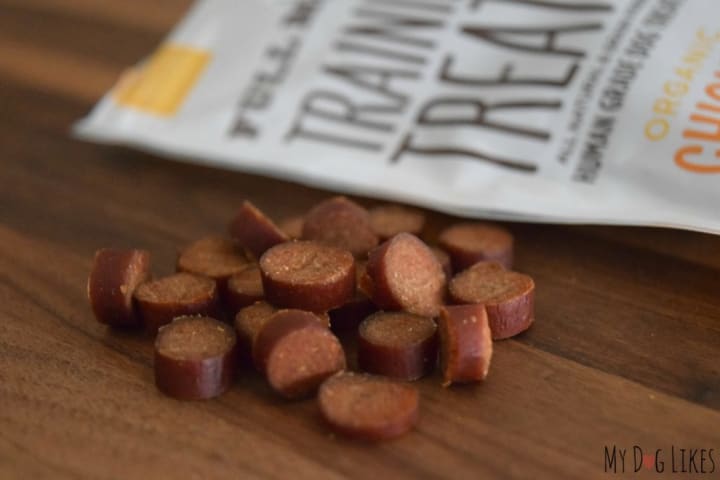
These are small bite-size morsels that your dog can quickly gulp down as a reward. Training treats can be homemade or store bought. These treats are one of the best tools in training your dog good behaviors.You can also purchase a treat bag so you can easily take your treats on the go with you.
Grooming Tools
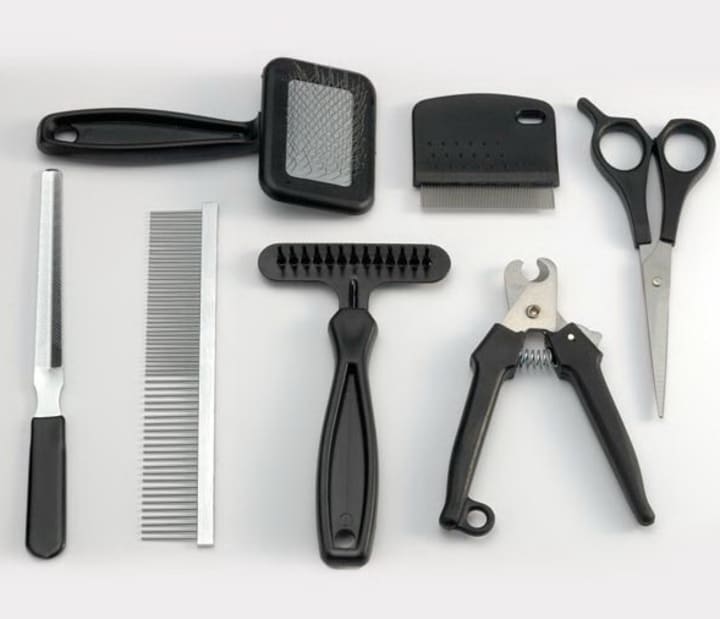
Nail clippers are essential for all dogs. Brushes may be needed depending on your dog's coat. There are a variety of grooming tools available for purchase for long haired dog breeds. Ask your veterinarian or groomer what tools would be best for your dog's breed.
Toys!
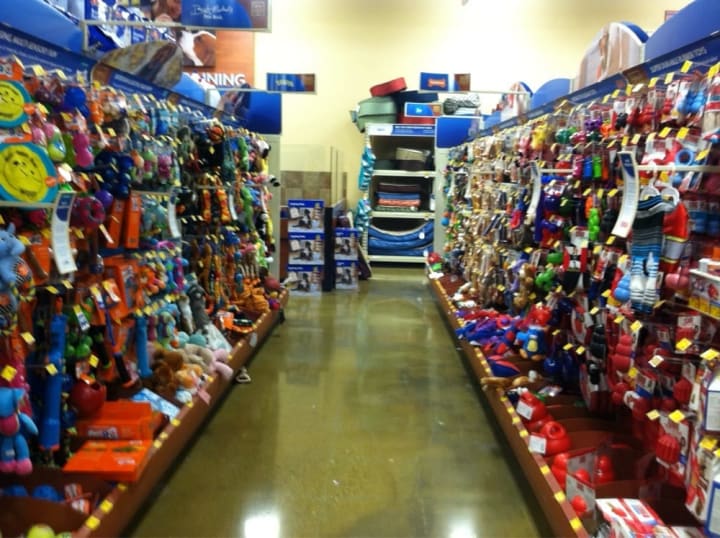
There are so many toys to choose from! When looking down the toy aisle, it might get overwhelming and you may just pick out whatever looks good without actually knowing what your dog needs.Dental Chew: These toys are meant for your dog to chew on. The grooves and bumps massage the gums and teeth to promote oral health.Chew Toy: Chewing is a natural behavior dogs do. It cannot be trained out. The best way to make sure that your dog won't be chewing on your shoes is to introduce and encourage the chewing of a toy! The Kong is the most popular. Peanut butter or other additives can be inserted to make the chew even more irresistible!
Tug Toy: The rope tug toy is a great way to teach your dog good play manners and commands such as "leave it." This toy is meant for one on one play and should not be left out.
Fetch Toys: These toys are meant for one on one play. Frisbees, tennis balls, and other throwing items help keep your dog exercised, stimulated, and build a bond with you. This toy should not be left out.Stuffed Toys: These toys are often filled with a squeaker and stuffing. These toys should not be left out. Try to discourage ripping out the stuffing as it may drive him to tear apart similar items (such as your pillows!). If you have small animals, it is recommended not to use this toy as the squeaker may heighten prey drive in your dog.
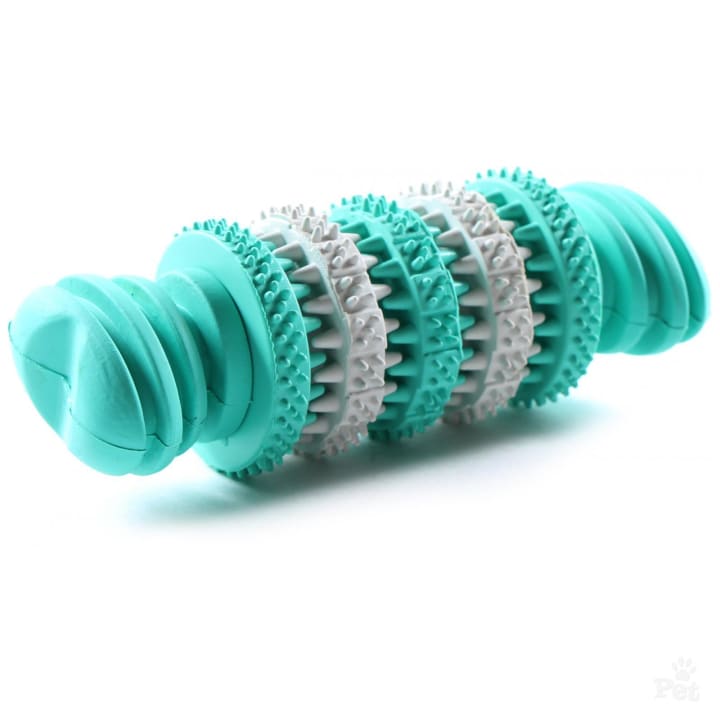
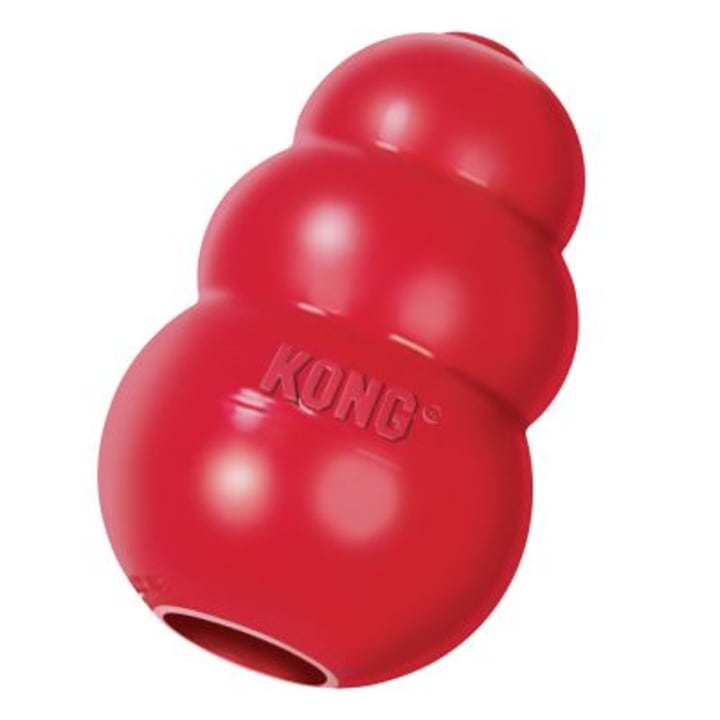
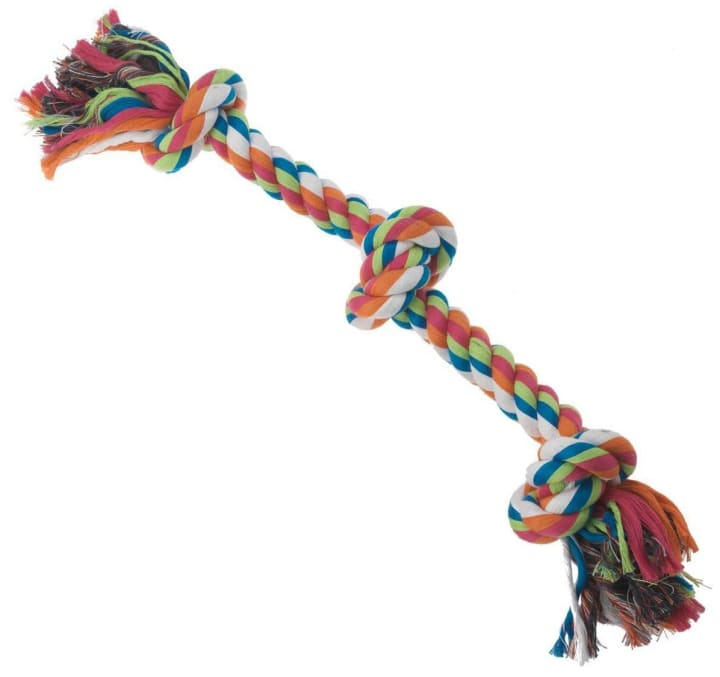
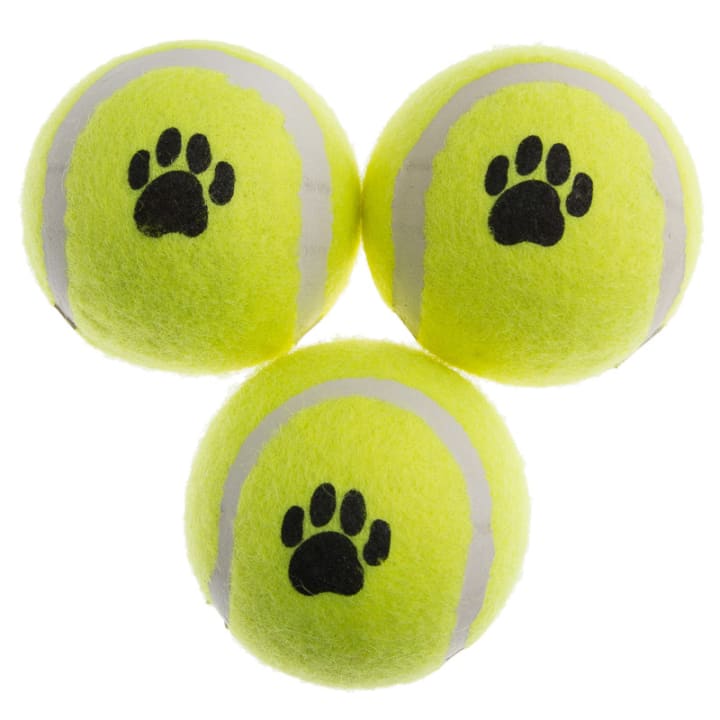
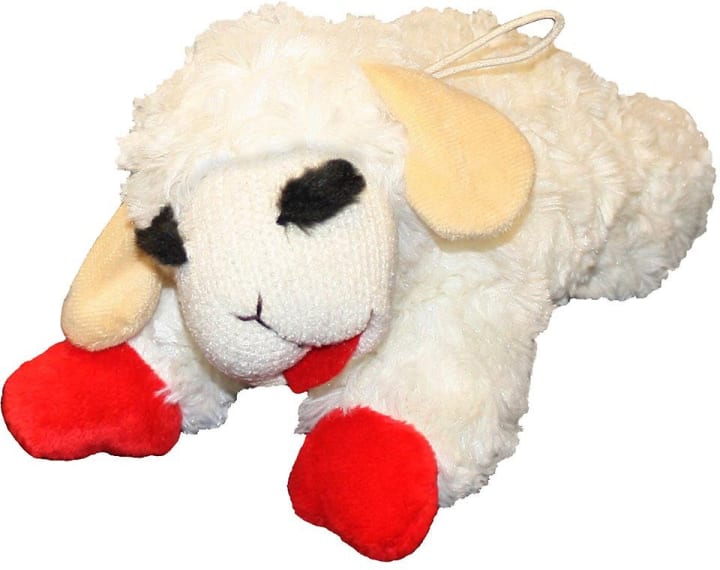
Dog Bed
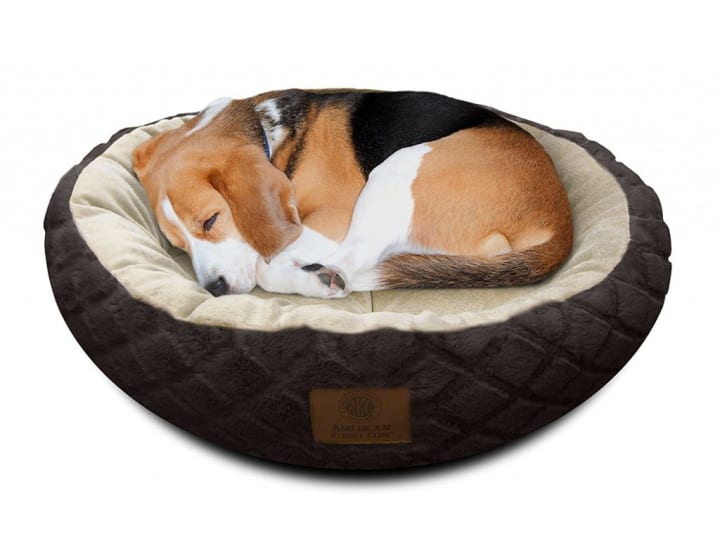
Many dog beds are available... Elevated cot, orthopedic, cooling, heated, crate designed and more!
Even if you plan on having your dog sleep with you in your bed, you may also want to consider a dog bed. Try to place it in a quiet part of your home. If you travel, bring it with so he had a familiar place to curl up to sleep. There are several bed options, but most dogs are just as happy with the most basic choice.
Veterinarian
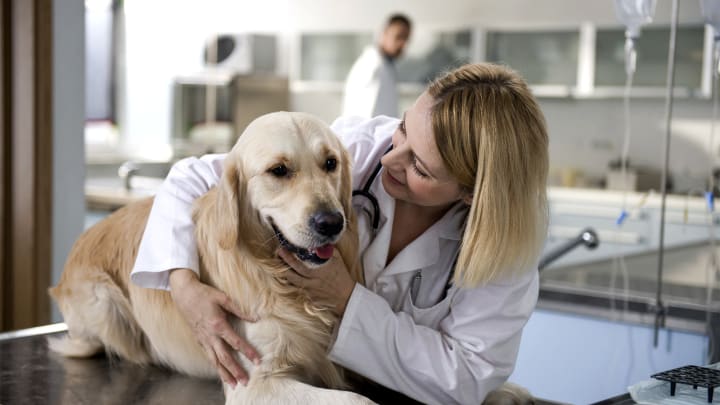
If you can, search for an emergency clinic in your area and save the number in your phone. You never know when an emergency may happen overnight or on a holiday.
A reliable and knowledgeable veterinarian is one of the most overlooked essentials when bringing a new dog home. It is much less hassle to have a veterinarian in mind before your dog becomes sick. Not all vets are the same. Find a vet you can build a relationship with and feel comfortable asking questions to. You want to trust the person you are putting your pet's life in the hands of. A bond with a good veterinarian is irreplaceable.Call around or ask your family or friends who they recommend. Look at reviews online and walk into the clinics. If they seem untrustworthy, they probably are.
Recap of Dog Essentials
- Stainless Steel Dog Bowls
- High Quality Diet (Kibble or Raw)
- Collar and ID
- Leash
- Poop Bags
- Crate or Pet Gate
- Training Treats
- Nail Clippers
- Brush or Other Grooming Tools
- Dental Chew
- Chew Toy
- Tug Toy
- Fetch Toy
- Stuffed Toy (Optional)
- Dog Bed
- Trustworthy Veterinarian







Comments
There are no comments for this story
Be the first to respond and start the conversation.